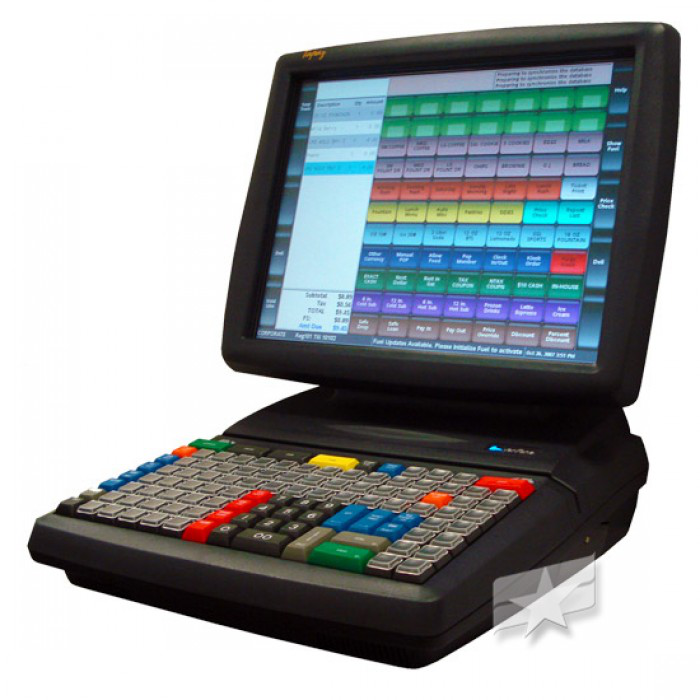 Those of you new to the game might be asking what fuel management system is, and why do you need one for your gas station.
Those of you new to the game might be asking what fuel management system is, and why do you need one for your gas station.
So, before we walk you through the key considerations to make when buying a fuel management system, we would like to address your questions at hand.
What is a Fuel Management System?
Simply put, a fuel management system is a reporting software, hardwired to your fuel dispensers and storage tanks, enabling you to monitor your fuel stock.
Why do you need one for your gas station?
By keeping a record of how much fuel has been consumed and how much fuel remains in your storage tanks, a fuel management systems ensures greater accountability and visibility of fuel stocks, allowing for convenient management to prevent stock shrinkage, theft and outages.
Now that you know what a fuel management system is, and about its importance in a fuel dispensing setting, let’s get into the details of what to consider when buying a fuel management system.
Buying a Fuel Management System – Key Considerations to Make
A fuel management system is a big-ticket item. As such, an uninformed decision exercised in the purchase of the equipment, can lead to a futile investment if it does not comply with the station-specific deployment requirements.
How to avoid such scenario and make sure your investment delivers on the purpose that it has been made for?
Ask these questions to yourself and in the light of the answers, make an informed purchase decision.
Question #1: How Much Accurate Do You Want It to Be?
No fuel management system is designed to yield 100% reporting accuracy. Period.
The higher end versions usually have a reporting accuracy of +/- 0.25%, while the lower end systems offer an accuracy of up to +/- 0.5%.
Now every gas station owner would want their fuel management systems to be as accurate as possible, but for that it also means that you will have to invest in more expensive solutions.
So, in the end make a choice that is financially feasible—both in the short and the long term.
Question #2: Does the Retrofit Solution Complies with Your Existing Refueling Hardware?
When buying a fuel management system, you have two options. You can either buy a complete system—refueling hardware incorporated with a fuel management system. Or, you can buy a retrofit solution to go with your already installed dispensers and storage tanks.
When you are buying a retrofit solution, it’s important to ensure that the standalone system can be easily integrated with your existing fuel dispensing and storage points.
Question #3: How Do You Intend to Access the System Data?
The basic models limit the accessibility of fuel stock data to an on-site model, meaning, that if you want to access the system data, you need to physically access your fuel management system. This could be a problem for owners who run their operations at multiple locations.
The high end models, on the other hand, allow the system data to be automatically synced with a cloud storage platform, which allows you to conveniently manage your fuel retail operations from anywhere, at any time. Some modern systems also allow accessibility through mobile apps.
By keeping these key considerations in mind, you can make a better decision when it comes to purchasing a fuel management system and choose a solution that best fits your needs.
Buy Fuel Management Systems Online
At John W. Kennedy Company, we stock quality brands fuel management systems, designed to provide gas station owners with all the reporting features necessary to make sure their fuel stocks never run low or exhaust.
You can order service station equipment and gas station supplies online and we will deliver it to you at your doorstep.





 Looking for a POS system for your gas station but don’t really know where to start?
Looking for a POS system for your gas station but don’t really know where to start? As affixation of climate change warning labels on gas pumps, moves towards
As affixation of climate change warning labels on gas pumps, moves towards